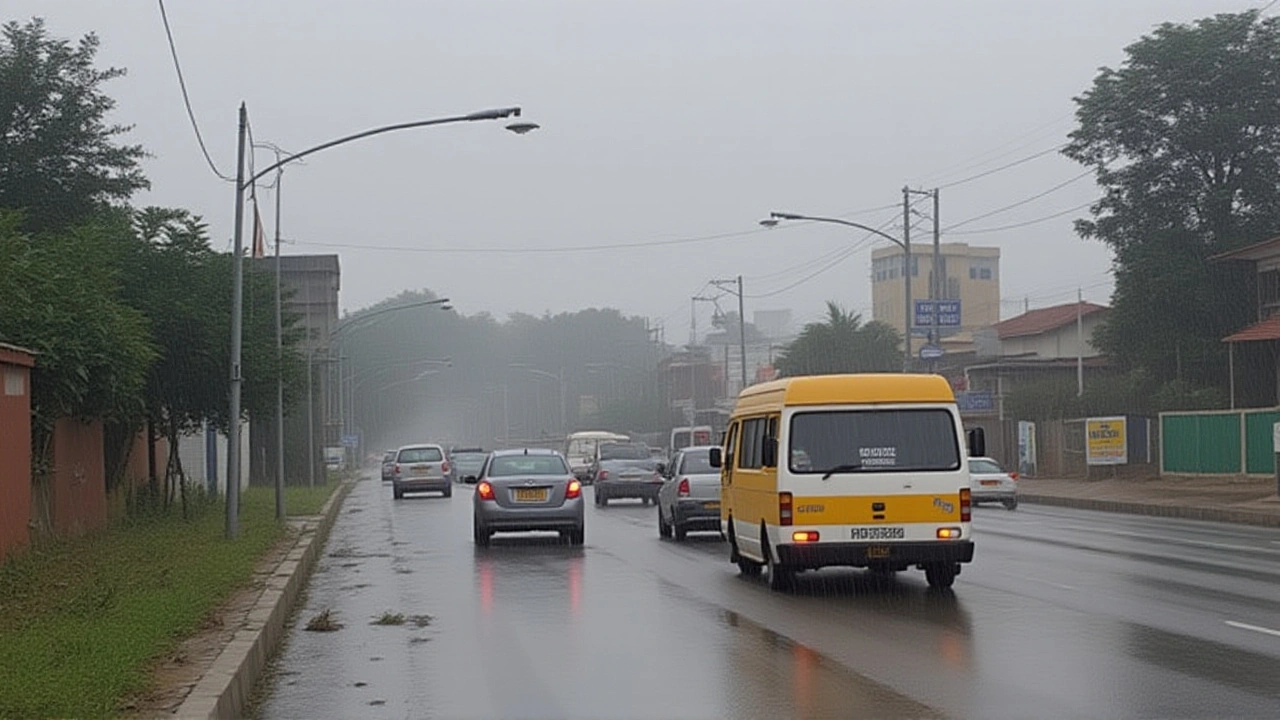Rift Valley
When you hear Rift Valley, a huge trench that splits continents and shapes landscapes across Africa and beyond. Also known as Great Rift Valley, it is the result of tectonic forces pulling the Earth's plates apart. This geological engine creates everything from soaring mountains to deep, salty lakes, and it fuels the stories you’ll find in the posts below.
Why the Rift Valley matters
The East African Rift, the southern segment of the larger trench that runs through Kenya, Tanzania and Ethiopia is the most active part of the system today. Its rapid crustal movement powers volcanic activity, frequent eruptions that build new cones and reshape valleys. That same force carved Lake Malawi, one of the deepest freshwater lakes in the world, rich in endemic fish species. Together, these features illustrate three core relationships: the Rift Valley encompasses volcanic activity, the Rift Valley drives lake formation, and tourism relies on these dramatic landscapes.
Speaking of tourism, the region’s appeal isn’t just about geology. Mount Kilimanjaro, the highest free‑standing mountain on the continent, rises from the northern edge of the Rift Valley and draws hikers from every corner of the globe. Meanwhile, Kenyan tourism, a major economic driver that promotes safaris, cultural festivals and adventure travel leans heavily on the Rift’s rugged scenery, wildlife corridors, and hot‑spot archaeological sites.
Beyond the big names, the Rift Valley hosts a patchwork of cultures and histories. Ancient hominin fossils discovered in the valley’s sediment layers have reshaped our understanding of human evolution. Modern communities farm the fertile soils left behind by volcanic ash, creating a unique blend of tradition and innovation. This mix of science, agriculture, and culture shows how the Rift Valley influences everyday life, not just textbooks.
In recent weeks, news outlets have reported on new volcanic alerts, lake level fluctuations, and infrastructure projects aimed at boosting cross‑border trade along the Rift. Those stories highlight how the valley continues to affect politics, economics, and environmental planning across several countries.
Below you’ll find a curated collection of articles that dive deeper into each of these angles – from the latest seismic data to travel tips for exploring the valley’s hidden gems. Whether you’re a geologist, a wildlife enthusiast, or a curious traveler, the posts will give you fresh perspectives on why the Rift Valley remains a dynamic and vital part of Africa’s story.
KMD Warns of Continued Rain, Cold Spell Across Rift Valley (July 22‑28)
Kenya Meteorological Department warns of rain, cold and cloudy conditions across the Rift Valley from July 22‑28, urging farmers and communities to prepare for showers and possible hailstorms.

